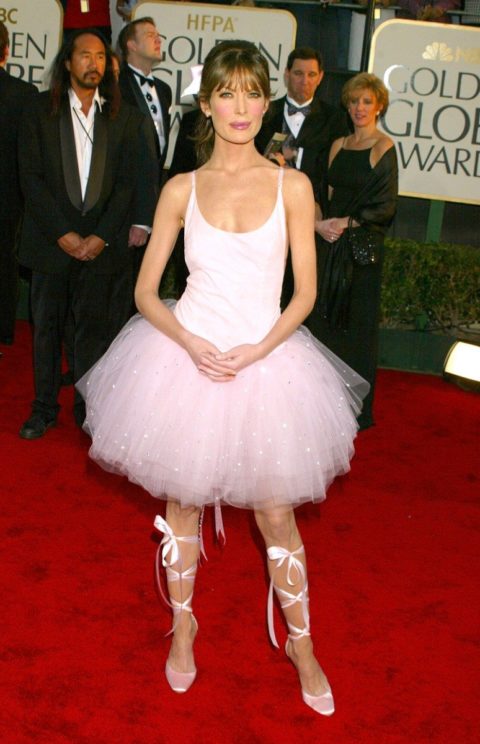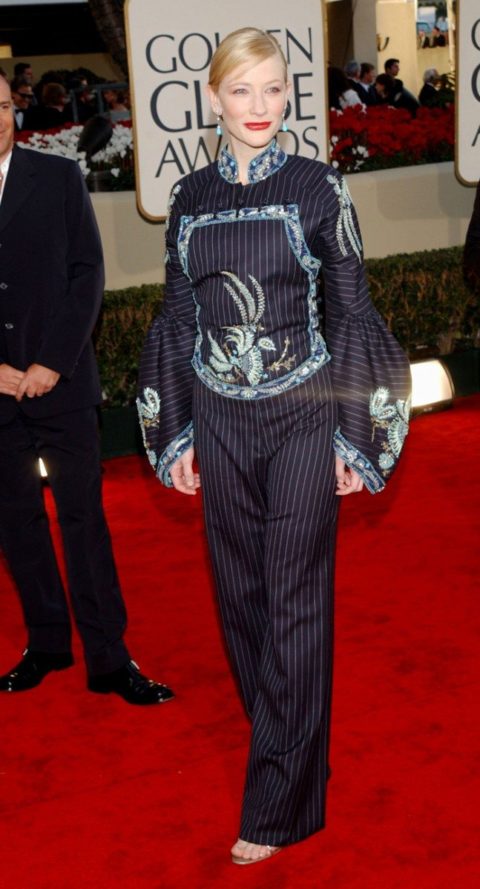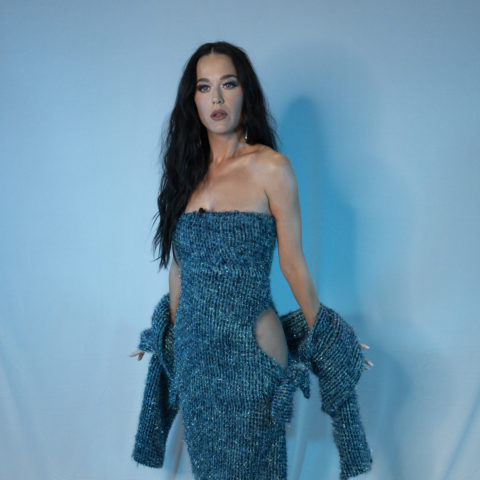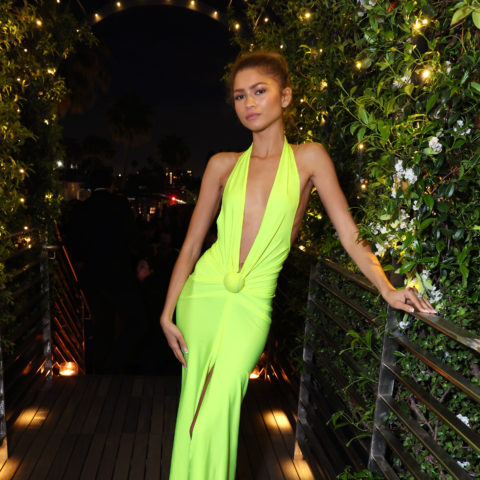The “worst” Golden Globes looks of all time and why hating on bad fashion is a waste

See the “worst” Golden Globes looks »
Every award show season, we have a lot to say about what people wear. More specifically, we have a lot to say about what people wear if we don’t agree with their choices. We use terms like “disaster” and “fashion don’t” and take comfort in knowing that if we were multi-millionaires with access to high-end options, we’d waltz onto the red carpet like the Fashion Police stars we know we can be.
So we rank best dressed, worst dressed, and bring up Bjork’s swan dress from roughly 15 years ago (In 2015 we would kill for something that interesting). And then we completely forget about the dresses we loved because, to be honest, “best” is boring.
Now don’t freak out: this isn’t to say fashion is boring, or that “good” style is boring, or dresses that cost as much as our month’s rent are boring. It’s to say that “good” and “best” is usually synonymous with “safe.” I mean, at the 2006 Oscars, we applauded Michelle Williams’ Vera Wang gown because it was yellow. Yellow. Was it beautiful? Absolutely. But yellow does not a fashion risk make.
But the Oscars are a bad example. The Oscars are serious, they’re professional, and despite James Franco once hosting them (#NeverForget), most aspects of the broadcast—fashion included—are painfully serious and even condescending. They’re the opposite of the Golden Globes (a drunken, comedy-fuelled free-for-all), which serve as the award show equivalent of a holiday work party. Which is exactly why the Globes, out of all other award shows that exist, should actually see the most red carpet risks taken. (Especially since by the time the Oscars roll around, nobody cares what anybody wore to the Golden Globes anymore.)
And I mean risks. Not risks like yellow (last year Lena Dunham’s yellow Zac Posen dress was deemed controversial for its brightness — wow) or pants (Emma Watson in Dior Haute Couture looked great, but let’s relax, everybody). Risks like Kate Winslet’s sheer lace dress and choker circa 1998 (that earned her serious hate), or Lara Flynn Boyle’s David Cardona-designed ballerina get-up from 2003. These are the pieces we remember. Why? Because they’re interesting. And while “good” fashion is interesting in a refined, Best Dressed list sort of way, the “worst” fashion lives forever because it actually said something.
When she won the Globe for Steel Magnolias back in 1989, Julia Roberts showed up in an oversized suit that looked like it belonged on a discount menswear rack. And good for her: considering the late eighties played host to everything from an excess of skirt fabric to lace and exhibitionism, it was bold and exciting to see a leading lady drop the “lady.” Roberts used the Globes to challenge gender convention, and she walked away a winner. (No matter what “Worst Globe Looks of All Time” lists say.)
In 2009, Renee Zellweger did something just as risky: instead of channeling the shimmery elegance of her 2008 Oscar look (Carolina Herrera), she showed up a year later in a fitted, slightly-awkward looking organza dress by the same fashion house. Critics cited it as a disaster—but why? Because it wasn’t as “glam”? Because it had visible layers and a 3D element? The dress was unique.
Which is exactly my point: risks are interesting and they also take guts. After all, at some point, we’ve seen every celebrity condemned as a style leper, so it’s understandable that the idea of risking one’s fashion reputation for the sake of being “interesting” might seem to them like a nightmare. But who’s fault is that? (It’s ours.) The reason we remember the “worst” looks is because we were so obsessed with them. We maintain our focus on so-called disasters because worst dressed lists are always more exciting than best-dressed lists, and deep down, we know and respect risks when we see them.
That’s why hating is a waste. Hating dismisses the difficulty of a person’s choice to challenge fashion rules and to work without a net. It diminishes the thought somebody put into representing themselves on a global scale, as well as the guts they had to be themselves in a forum defined by judgement. You may not like a red carpet piece, sure. But that usually means it’s doing its job. After all, fashion is supposed to create discussion and it’s supposed to be a little polarizing (diehards don’t say it’s art for nothing). That’s why you remembered the ballerina outfit right away, and would probably love to see somebody try the same thing on Sunday.
(Tina and Amy, we’re looking at you.)











